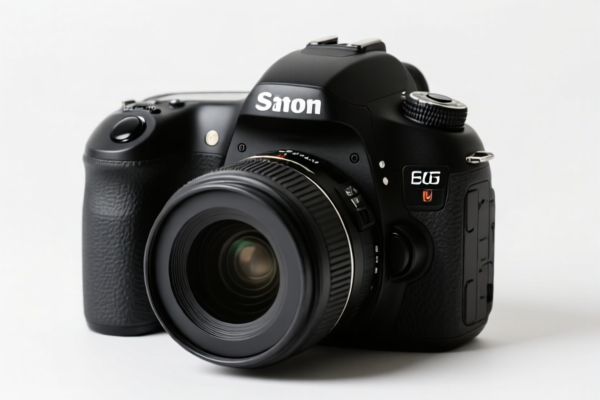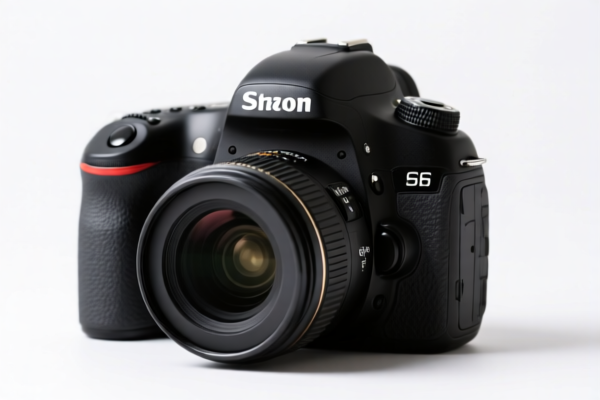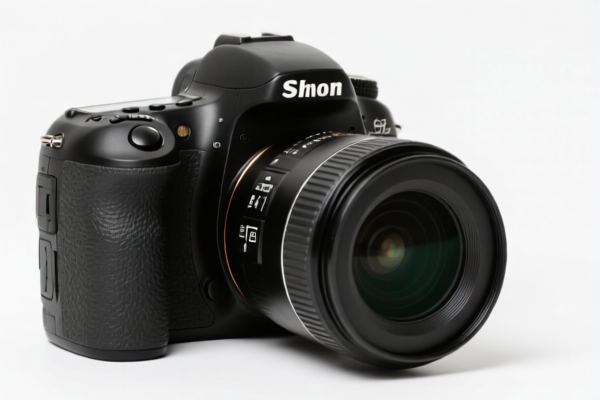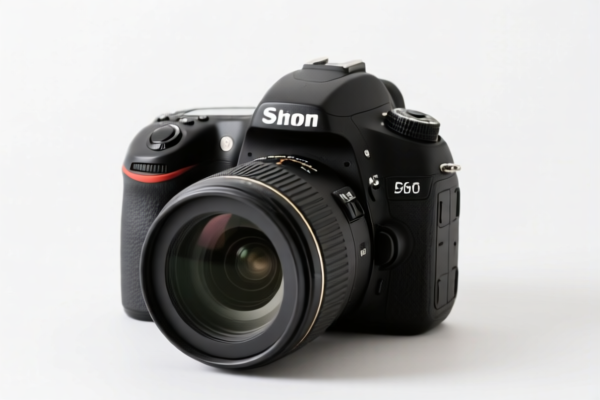| HS Code | Official Doc | Tariff Rate | Origin | Destination | Effective Date |
|---|---|---|---|---|---|
| 8517130000 | Doc | 20.0% | CN | US | 2025-05-12 |
| 8525895030 | Doc | 55.0% | CN | US | 2025-05-12 |
| 8525894000 | Doc | 37.5% | CN | US | 2025-05-12 |
| 8543906500 | Doc | 55.0% | CN | US | 2025-05-12 |
| 9006596000 | Doc | 36.8% | CN | US | 2025-05-12 |
| 9007100000 | Doc | 55.0% | CN | US | 2025-05-12 |
| 9007914000 | Doc | 37.5% | CN | US | 2025-05-12 |
| 3926904800 | Doc | 33.4% | CN | US | 2025-05-12 |




Camera Sector
The camera sector encompasses the technologies, markets, and applications surrounding the capture and processing of visual information. It is a broad field with significant overlap into optics, image processing, computer vision, and increasingly, artificial intelligence.
Core Components & Materials
At its foundation, a camera system relies on several key components:
- Lens: Typically constructed from glass elements (often multiple layers with varying refractive indices) to focus light onto the sensor. Plastics are increasingly used for lower-cost applications. Specialty materials like fluorite and aspherical glass are used in high-performance lenses to minimize aberrations.
- Image Sensor: The core of digital cameras. Common types include:
- CCD (Charge-Coupled Device): Historically dominant, known for high image quality, but increasingly replaced by CMOS. Silicon is the primary material.
- CMOS (Complementary Metal-Oxide-Semiconductor): Now the most prevalent type, offering lower power consumption and cost. Also based on silicon. Variations like back-illuminated sensors (BSI) improve light sensitivity.
- Image Processor: A dedicated chip (often incorporating an ARM processor) that converts the raw sensor data into a usable image format (JPEG, RAW, etc.). Handles tasks like noise reduction, color correction, and image stabilization.
- Housing: Typically made of metal (aluminum alloys, magnesium alloys) or durable plastics. Protects internal components and provides mounting points.
- Aperture/Iris: Controls the amount of light reaching the sensor. Made of overlapping blades, typically metal.
- Shutter: Controls the duration of light exposure. Mechanical shutters use physical blades; electronic shutters use the sensor's read-out timing.
Purpose & Function
The primary purpose of a camera is to capture still or moving images. Functionality extends beyond simple capture:
- Image Resolution: Determined by the number of pixels on the sensor. Higher resolution allows for greater detail and larger prints.
- Sensitivity (ISO): Measures the sensor's ability to capture images in low light. Higher ISO values introduce more noise.
- Frame Rate (for video): Determines the smoothness of video footage.
- Autofocus: Automatically adjusts the lens to achieve sharp focus. Utilizes various technologies like phase detection and contrast detection.
- Image Stabilization: Reduces blur caused by camera shake. Can be optical (physically stabilizing the lens or sensor) or digital (using software algorithms).
- Connectivity: Allows for data transfer and remote control (e.g., Wi-Fi, Bluetooth, USB).
Usage Scenarios
The camera sector serves a vast array of applications:
- Photography: Consumer cameras (DSLR, mirrorless, point-and-shoot), professional photography, astrophotography.
- Videography: Filmmaking, broadcast television, security surveillance, live streaming.
- Security & Surveillance: CCTV cameras, doorbell cameras, traffic monitoring.
- Automotive: Advanced Driver-Assistance Systems (ADAS), autonomous driving, parking assistance.
- Medical Imaging: Endoscopy, microscopy, diagnostic imaging.
- Scientific Research: Astronomy, biology, materials science.
- Industrial Inspection: Quality control, defect detection.
- Consumer Electronics: Smartphones, webcams, drones.
Common Types
- DSLR (Digital Single-Lens Reflex): Uses a mirror and prism system to allow the photographer to view the scene directly through the lens. Known for image quality and versatility.
- Mirrorless Cameras: Eliminates the mirror system, resulting in a smaller and lighter camera body. Offers similar image quality to DSLRs.
- Point-and-Shoot Cameras: Compact and easy to use, typically with limited manual controls.
- Action Cameras: Rugged and waterproof, designed for capturing action sports and outdoor activities.
- Webcams: Used for video conferencing and live streaming.
- Security Cameras: Designed for surveillance and security purposes.
- Smartphone Cameras: Integrated into smartphones, offering increasingly sophisticated features.
- Thermal Cameras: Detect infrared radiation to create images based on temperature differences.
- Hyperspectral Cameras: Capture images across a wide range of wavelengths, providing detailed spectral information.
The term "camera sector" is broad. Based on the provided reference material, several HS codes could apply depending on the specific type of camera. Here's a breakdown of relevant codes:
-
9006.59.60.00: Photographic (other than cinematographic) cameras; photographic flashlight apparatus and flashbulbs other than discharge lamps of heading 8539; parts and accessories thereof: Other cameras: Other: Other than fixed focus: Valued not over $10 each. This code applies to photographic cameras that are not fixed focus and have a value of $10 or less per unit.
- 90: Chapter – Optical, photographic, cinematographic, measuring, checking, precision, medical or surgical instruments and apparatus; clocks and watches; musical instruments (excluding chapter 92).
- 06: Heading – Photographic cameras.
- 59: Subheading – Other cameras.
- 60: Further breakdown – Other than fixed focus, valued not over $10 each.
-
9007.10.00: Cinematographic cameras and projectors, whether or not incorporating sound recording or reproducing apparatus; parts and accessories thereof: Cameras. This code covers cinematographic cameras, regardless of whether they include sound recording or reproducing capabilities.
- 90: Chapter – Optical, photographic, cinematographic, measuring, checking, precision, medical or surgical instruments and apparatus; clocks and watches; musical instruments (excluding chapter 92).
- 07: Heading – Cinematographic cameras and projectors.
- 10: Subheading – Cameras.
-
9007.91.40.00: Cinematographic cameras and projectors, whether or not incorporating sound recording or reproducing apparatus; parts and accessories thereof: Parts and accessories: For cameras: Parts. This code applies to parts and accessories specifically designed for cinematographic cameras.
- 90: Chapter – Optical, photographic, cinematographic, measuring, checking, precision, medical or surgical instruments and apparatus; clocks and watches; musical instruments (excluding chapter 92).
- 07: Heading – Cinematographic cameras and projectors.
- 91: Subheading – Parts and accessories.
- 40: Further breakdown – For cameras, parts.
-
8525.89.40.00: Transmission apparatus for radio-broadcasting or television, whether or not incorporating reception apparatus or sound recording or reproducing apparatus; television cameras, digital cameras and video camera recorders: Television cameras, digital cameras and video camera recorders: Other: Digital still image video cameras. This code applies to digital still image video cameras.
- 85: Chapter – Electrical machinery and equipment.
- 25: Heading – Transmission apparatus.
- 89: Subheading – Other.
- 40: Further breakdown – Digital still image video cameras.
-
8525.89.50.30: Transmission apparatus for radio-broadcasting or television, whether or not incorporating reception apparatus or sound recording or reproducing apparatus; television cameras, digital cameras and video camera recorders: Television cameras, digital cameras and video camera recorders: Other: Other Camcorders. This code applies to other camcorders.
- 85: Chapter – Electrical machinery and equipment.
- 25: Heading – Transmission apparatus.
- 89: Subheading – Other.
- 50: Further breakdown – Other.
- 30: Further breakdown – Other Camcorders.
According to the provided reference material, the HS code options related to 'camera sector' are limited, with only the following 7 found.
Customer Reviews
No reviews yet.